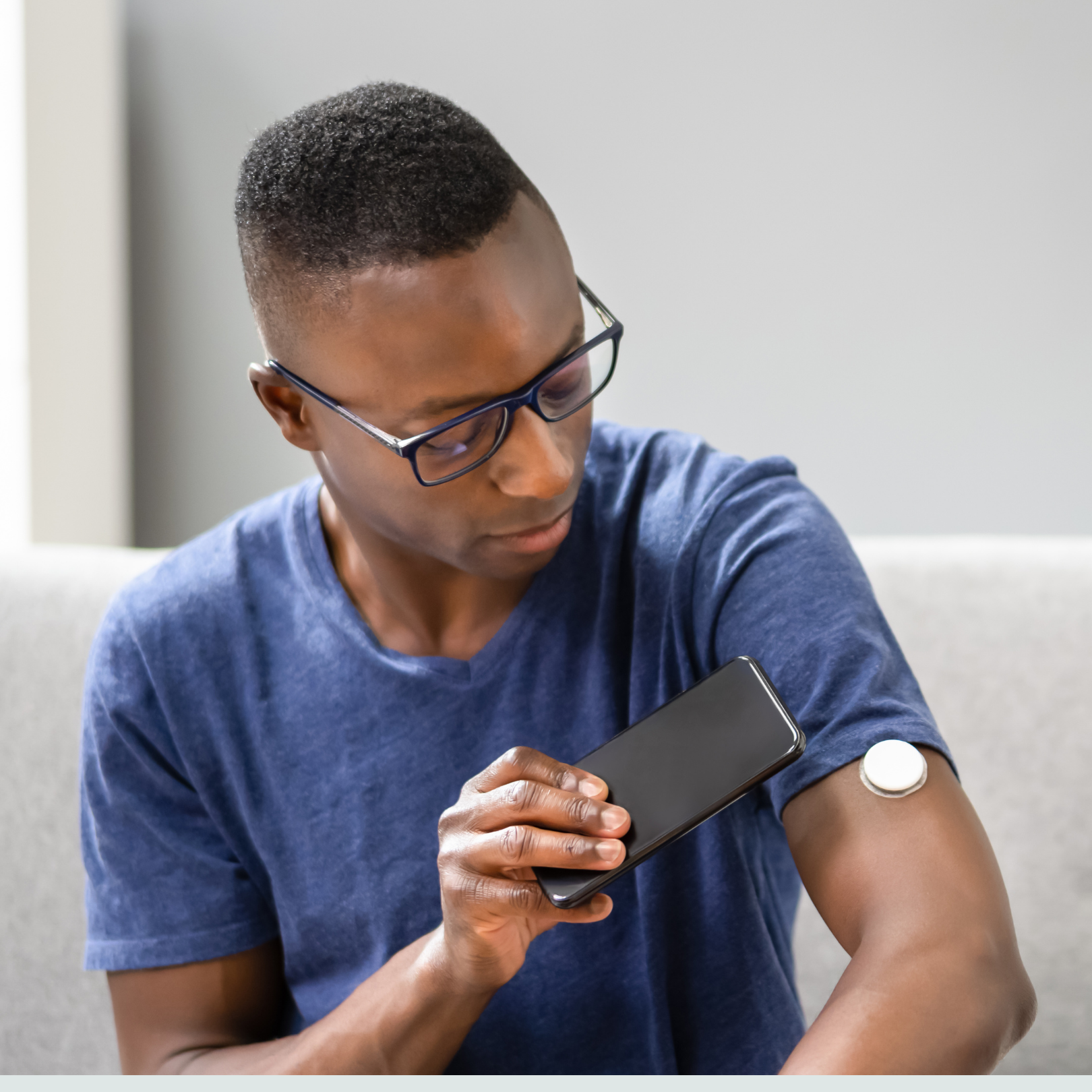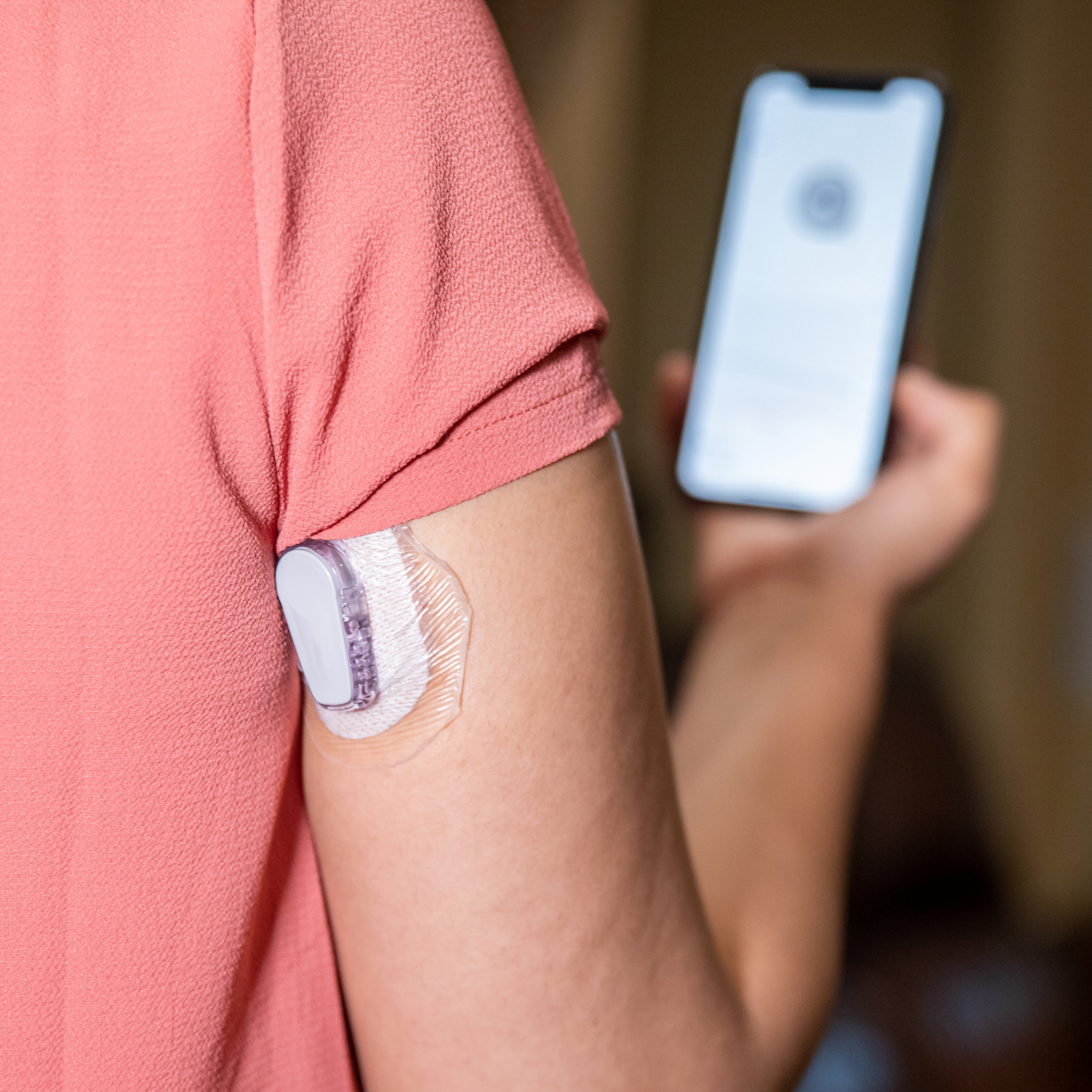News
Should I Get an Insulin Pump?
If you’re living with diabetes, you know that managing your blood sugar levels can be a challenge and a chore, especially if you are taking multiple insulin injections a day. If you are ready to consider switching to an insulin pump, it’s important to weigh the pros and cons and remember, the choice is up to you.
An insulin pump is a small, computerized device that you wear to deliver insulin automatically – either in small continuous doses or close to mealtime. In this blog, we’re sharing some insights from endocrinologist Dr. Tira Chaicha-Brom about the benefits of insulin pumps and what to consider prior to use.
Benefits and Types of Insulin Pumps
There are many different insulin pumps available on the market. Patch pumps have no electronic component and do not have a feature for automatically adjusting the insulin delivery – you must manually press a button to deliver the insulin. However, Dr. Chaicha-Brom says they tend to be more discrete and are convenient for patients who do not want to carry the insulin pens and needles around.
If you are comfortable using technology and are already using multiple daily injections, you can consider a closed loop pump. With a closed loop pump, there is a level of manual skill needed to manage the pump, as well as a need to be able to read a screen. As a safety benefit, the closed loop pumps will suspend the delivery of insulin if your blood sugars are trending low or give more insulin if your blood sugars are too elevated. This adjustable insulin delivery can improve consistent blood sugar levels while offering flexibility for patients. Closed loop pumps also deliver bolus insulin with meals, which requires patients to enter information and push a button to deliver the insulin.
Insulin Pump Considerations
Insulin pumps are not permanent, but if you decide to get an insulin pump, you will always be required to wear the device. While some types of pumps can be placed discretely on the body, it is often difficult to conceal it, especially if it has a cord or tube for the insulin to flow through.
“Patients need to consider that they will have a device attached to their skin at all times,” emphasizes Dr. Chaicha-Brom. “Most patients should be on a sensor as well, so that typically means having two devices to manage.”
Dr. Chaicha-Brom also explains that carb counting is a major component of using an insulin pump. The amount of insulin you need is calculated by entering how many carbs you are consuming along with your current blood sugar.
“Prior to starting on a pump, patients should have a solid understanding of carb counting. If you do not already know how to count carbs, it is recommended that you meet with a registered dietician for training.”
Cost is another factor to consider. In addition to the cost of the pump itself, you will need to purchase supplies that are changed several times a week. In short, insulin pumps are more expensive than injections.
Finally, it’s important to remember that an insulin pump is not something you can get and then forget about. You will need to engage with the pump regularly throughout the day and continue to check your blood glucose.
An insulin pump can be a great way to help you manage your diabetes while increasing your flexibility and freedom. If you’re interested in getting an insulin pump, talk with your doctor about the risks and benefits to decide if it is right for you.
Don’t forget to follow us on Facebook and Instagram and check back with us each month as we provide you helpful wellness and health information.







